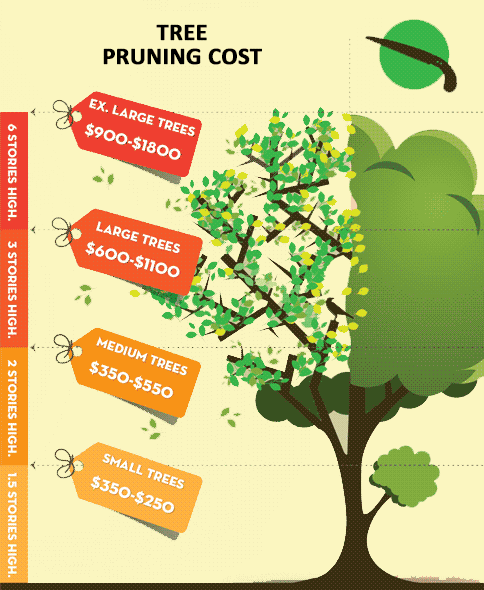Pay Attention To Critical Indications That May Expose Your Tree Threatens; Being Educated About These Can Help Shield Your Building And Loved Ones.What Should You Look For Next?
Pay Attention To Critical Indications That May Expose Your Tree Threatens; Being Educated About These Can Help Shield Your Building And Loved Ones.What Should You Look For Next?
Blog Article
Uploaded By- go to website
When it comes to tree care, acknowledging the indicators that it's time for removal is essential for your safety and security and home. You might see stained fallen leaves, wilting branches, or strange fungal growths indicating health problems. Structural issues, like a considerable lean or fractures in the trunk, can likewise position risks. Recognizing these indication can assist you make informed decisions regarding your trees and stop potential threats lurking in your backyard. What should you search for next?
Indicators of Degeneration and Illness
When you notice indications of decay and disease in your trees, it's critical to act promptly. Look for blemished fallen leaves, wilting branches, or unusual developments like fungus. These can indicate that your tree is having a hard time.
If you see splits in the bark or soft, mushy timber, these signs and symptoms suggest internal decay. Additionally, a sudden rise in insects around your tree can signal that it's weakened and prone.
Look for any kind of dead or passing away limbs, as they present a risk to your residential or commercial property and security. If you doubt regarding what you see, speaking with an arborist can provide clearness.
Addressing these indications early can conserve you from much more extensive damage and make sure the health and wellness of your backyard. Don't wait until it's too late.
Structural Instability and Leaning
As you observe your trees, keep an eye out for any kind of signs of structural instability or leaning. If a tree leans substantially, it may show that the origin system is endangered.
Seek any type of fractures in the trunk or soil around the base; these can indicate prospective failing. In addition, check for unusual development patterns, like an unbalanced crown, which might recommend that the tree is having a hard time to hold itself upright.
If you discover that the tree favors your home, power lines, or other structures, it postures a higher threat. Don't disregard these indications-- seek advice from an arborist to assess the scenario.
Acting early can avoid pricey damages and ensure your security.
Dead or Dying Branches and Vegetation
If you discover dead or passing away branches and foliage on your tree, it's a clear indicator that something's incorrect.
These harmful locations can suggest underlying problems like illness, pest infestations, or environmental anxiety. When branches lose their fallen leaves or transform brown, they're no more contributing to the tree's wellness. Neglecting these indicators can lead to more decrease, making your tree extra dangerous.
Dead branches can quickly break off throughout storms, presenting a risk to residential or commercial property and people close by. It's essential to examine the degree of the damages.
If the issue influences a significant part of the tree, consider seeking advice from a specialist. They can assist figure out if elimination is needed to guarantee safety and keep the elegance of your landscape.
Verdict
If you discover any indications of degeneration, architectural instability, or dead branches on your trees, don't ignore them. These indications can present severe safety dangers to you and your property. It's always best to speak with a specialist arborist who can give a professional analysis of your trees. Taking action early can prevent mishaps and pricey damage, ensuring your landscape remains risk-free and healthy. Keep in Home Advisor Tree Removal , it's better to be aggressive regarding tree care than to wait for a calamity to take place.
